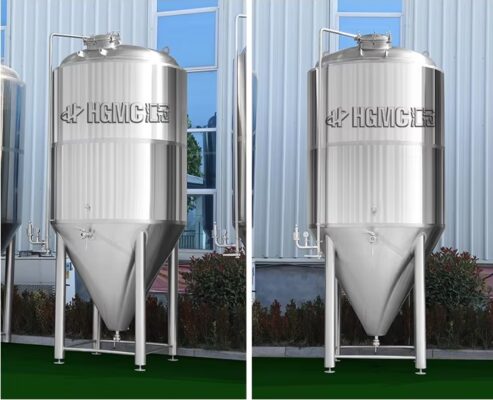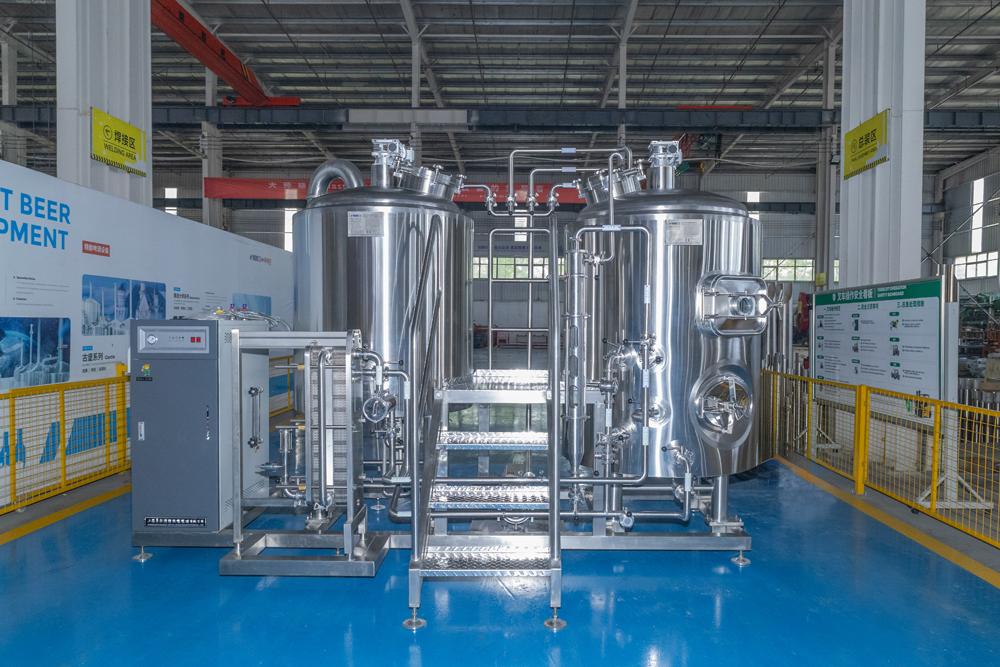Beer brewing is a time-honored tradition that combines science, creativity, and precision. Whether done at home or on a commercial scale, successful brewing depends heavily on the right equipment. The tools used in the brewing process are essential for ensuring consistency, flavor, and quality in the final product. From simple kettles to high-tech fermenters, every piece plays a unique role in turning raw ingredients into the beloved beverage enjoyed around the world. The equipment used in brewing has evolved significantly over the years, moving from rudimentary methods to advanced systems that allow for precise control over every stage. Yet, despite these changes, the fundamental principles of brewing remain rooted in tradition. Understanding the role and function of each piece of equipment is essential for anyone looking to produce great-tasting beer.

At the heart of any brewing operation is the brew kettle. This is where the magic begins—where water, malt, and hops are combined and boiled to create wort, the sugary liquid that eventually becomes beer. A good brew kettle should be made of stainless steel to ensure durability and ease of cleaning. It should also have features like a built-in thermometer and ball valve for temperature monitoring and controlled draining. For larger batches, home brewers often invest in kettles with a capacity of 8 gallons or more. The boil is a crucial step in the brewing process, helping to sterilize the wort and extract bitterness and aroma from the hops. Managing this stage well requires a kettle that provides even heat distribution and easy access for stirring and hop additions.

Another essential component is the mash tun, which is used for mashing the malted grains. This process extracts sugars and flavors by mixing the crushed grains with hot water. Mash tuns can be as simple as insulated coolers for small-scale home brewers or as complex as multi-chamber stainless steel vessels for commercial use. The goal here is to maintain a steady temperature, typically around 150 to 155 degrees Fahrenheit, to activate enzymes that break down the starches into fermentable sugars. Some systems include false bottoms or mesh screens to separate the liquid from the spent grains efficiently. Accurate temperature control is vital in this stage, as even slight deviations can impact the quality and taste of the beer. Brewers often rely on thermometers and digital controllers to maintain optimal mash conditions.
Once the wort is created, it must be transferred to a fermenter for the next phase: fermentation. Fermenters come in many shapes and sizes, from simple plastic buckets to sophisticated conical fermenters made of stainless steel. During fermentation, yeast is added to the wort, which then consumes the sugars and produces alcohol and carbon dioxide. This stage typically lasts one to two weeks, depending on the style of beer and the specific yeast strain used. A good fermenter should provide an airtight seal, a means for gas to escape, and a way to monitor temperature and pressure. Conical fermenters offer the added advantage of being able to separate trub (sediment) and harvest yeast easily. Many advanced brewers use temperature-controlled fermentation chambers to maintain the ideal environment for yeast activity.

After fermentation, the beer must be conditioned and carbonated before it is ready to be served or bottled. This requires additional equipment like bottling buckets, siphons, and carbonation drops or CO2 tanks, depending on whether the beer will be bottle-conditioned or kegged. For those who prefer kegging, a kegerator setup with taps, regulators, and CO2 tanks allows for easy dispensing and consistent carbonation. Conditioning improves the clarity, flavor, and overall smoothness of the beer. Some brewers use secondary fermenters to allow additional aging and to separate the beer from the sediment formed during primary fermentation. Bottling equipment should be sanitized carefully to prevent contamination and ensure a long shelf life. Cleanliness and consistency are the keys to a great-tasting final product.

Sanitization equipment is often overlooked by beginners but is arguably one of the most important aspects of brewing. Every piece of equipment that comes into contact with the beer after the boil must be sanitized to prevent spoilage and off-flavors. Brewing-specific sanitizers like Star San are commonly used because they are no-rinse and safe for use with food. Many brewers use spray bottles to apply sanitizer to tools and surfaces during each stage of the process. Even advanced brewing setups with stainless steel equipment are not immune to the dangers of contamination. A single lapse in cleanliness can ruin an entire batch of beer. As such, proper sanitization should be a habit ingrained in every brewer, regardless of experience level or production scale.

